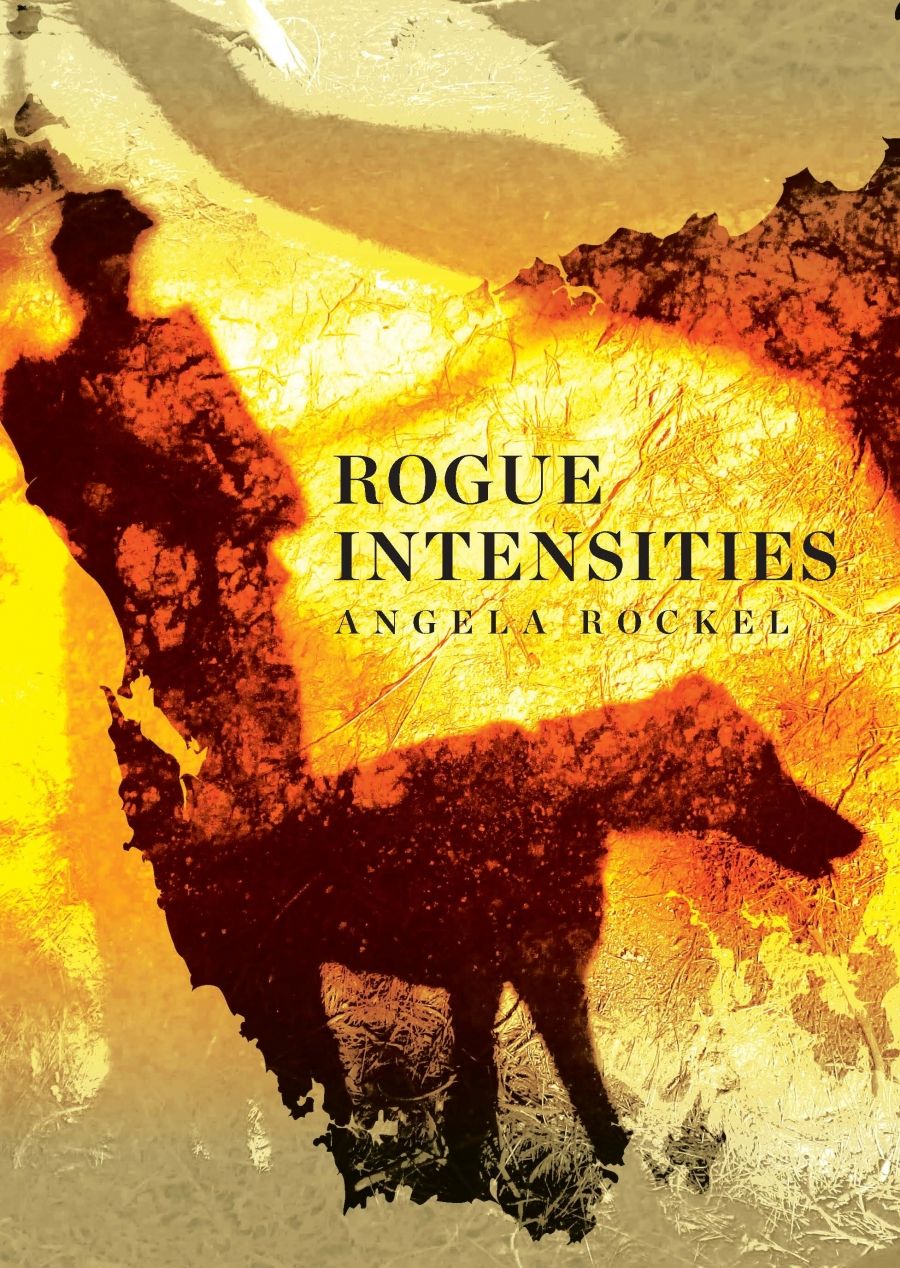
- Free Article: No
- Contents Category: Memoir
- Review Article: Yes
- Custom Highlight Text:
‘How we spend our days is, of course, how we spend our lives,’ writes Annie Dillard in The Writing Life, her timely appeal for presence over productivity in modern life. Turning the page on a new year reminds us of the seasonality of time, its familiar cycles of life, death, and rebirth. But flipping through the empty pages of a calendar can also remind us that time is a human construct designed to regulate our lives for maximum efficiency and output. In today’s attention economy, where time is treated as a currency by the technologies we use to satisfy our animal need for connection, how might we rediscover the joy of being present in a moment, a body, a community, a place? In other words, how are we to live?
- Grid Image (300px * 250px):

- Book 1 Title: Rogue Intensities
- Book 1 Biblio: UWA Publishing, $26.99 pb, 346 pp
This is the urgent question at the heart of Angela Rockel’s Rogue Intensities, part memoir, part journal, part ecological commonplace book, chronicling five revolutions of the solar year on her farmstead in southern Tasmania, where she has lived for thirty years. Her answer lies partly in the unusual structure of the book itself. Each chapter is named for a month of the year, and for a germ of observation taken from the world around her – ‘Fire’, ‘Black Cockatoos’, ‘Seed’ – which Rockel then swirls around her consciousness, elaborating, explicating, or simply bearing witness to the thoughts and emotions that follow. Moving slowly, chapter by chapter, month by month, we become attuned to the familiar rhythms of daily life, to the pulse of the seasons, the flow of germination and decay, the accumulated patterns of belonging. After five cycles through the calendar, we come to realise that it is in the mundane pleasures, small joys, and ordinary sorrows of daily experience that time’s true value lies, each moment waiting for the light of our attention to make it luminous.
The calendrical structure of Rogue Intensities aligns it with the ancient genre of the almanac, an annual record of weather events, crop cycles, and celestial occurrences used by the Babylonians for divination purposes, by medieval scholars for compiling astronomical data, and by modern farmers for planning harvests. Rockel is similarly concerned with the weather, or rather, the climate: she records the frequency and intensity of rain, sleet, and wind (the ‘roaring forties’ that periodically batter the south-west coast of Tasmania), noting varying yields in honey from her bees and milk from her cows, but also the increasingly dry winters, intensifying summer heat, and the escalating threat of fire. (In 2019, wildfires consumed nearly 200,000 hectares in Tasmania’s Central Highlands and south-west, including vast areas of the Wilderness World Heritage Area.) The precarious balance of life and death is a recurring theme, and the ancient topography of Tasmania offers Rockel an allegorical way of seeing, re-examining, and reconfiguring herself, as well as coming to terms with the loss of friends and relatives: ‘This place moves through me; it shapes me as I attend to it.’
Rockel’s vision is both environmental and historical, aware at once of her own participation in the human story of migration and in the more-than-human community of plants and animals. At times these worlds collide with comic charm: one summer day she discovers that a skink has set up home in the scanner on her desk and watches as it ‘strolls out from the depths of the machine onto the expanse of the paper tray, as onto a patio’, leading her to ponder the evolutionary history of Australian reptiles. At other times, the fundamental otherness of an animal like the platypus reminds her of her own foreignness as a New Zealand immigrant of Irish descent, struggling to feel at home in a postcolonial landscape: ‘Neither fish nor flesh nor fowl, I was set against myself, invader and invaded, the old wars still present in me.’ By empathetically exploring the consciousness of other lives around her, Rockel invites us to reflect on the multitudinous nature of our own identity, while reminding us how very much it matters to live in open-hearted fellowship with everything that shares our cosmic blink of existence.
The first law of ecology is that everything is connected to everything else. Fittingly, Rockel’s attention ranges far and wide, from the chemistry of plant colouration to the Icelandic Prose Edda, from Neolithic cave paintings to the neurochemical modifications induced by microbial parasites in mammalian hosts. While this ever-shifting focus reflects the natural, associative patterns of daily thought and an ardent curiosity for the world, some might find the encyclopedic weight of information distracting rather than satisfying. Although the book is listed as a memoir, it is not confessional or revealing of personal layers beyond the factual; we learn more about Rockel’s relationship with her cows Elsie and Maggie than with the elusive ‘T’, presumably the husband she describes moving to Tasmania with thirty years ago, but who is only mentioned indirectly. Instead, what we encounter is a solitary mind in conversation with itself, filtering experience from its environment, synthesising knowledge into understanding. The great strength of this book lies in its ecological exploration of identity, its attentiveness to the wonders of the everyday, and its reminder that the accidents, interruptions, and serendipitous moments we experience offline are so often what give our lives meaning.


Comments powered by CComment